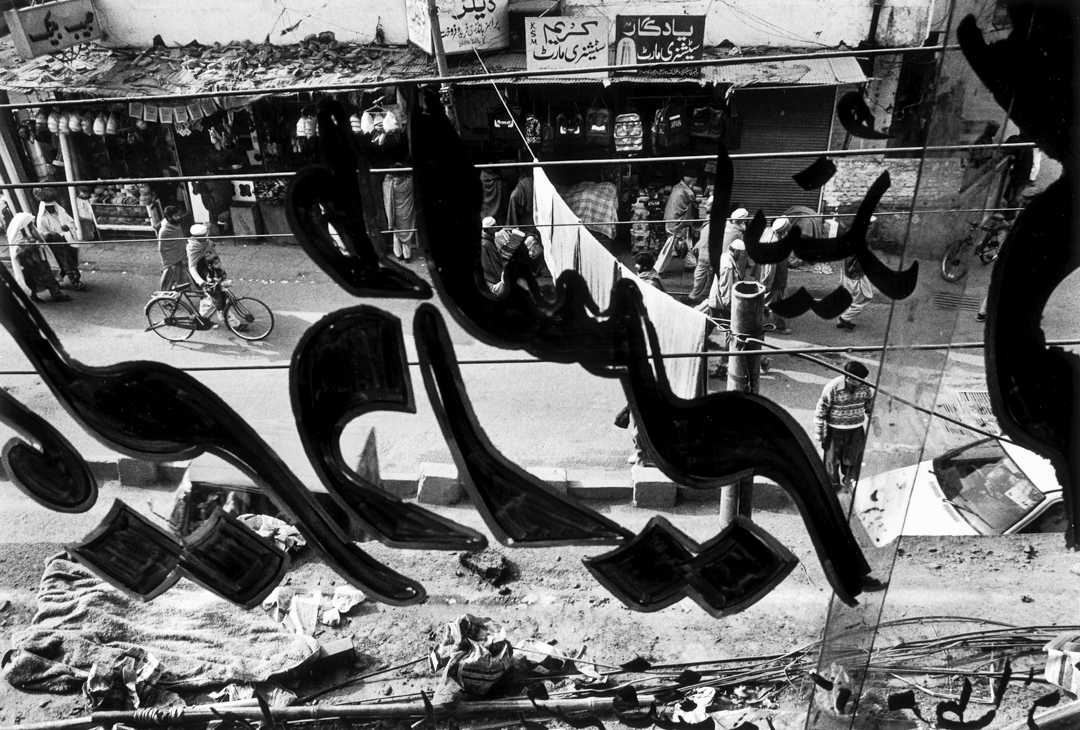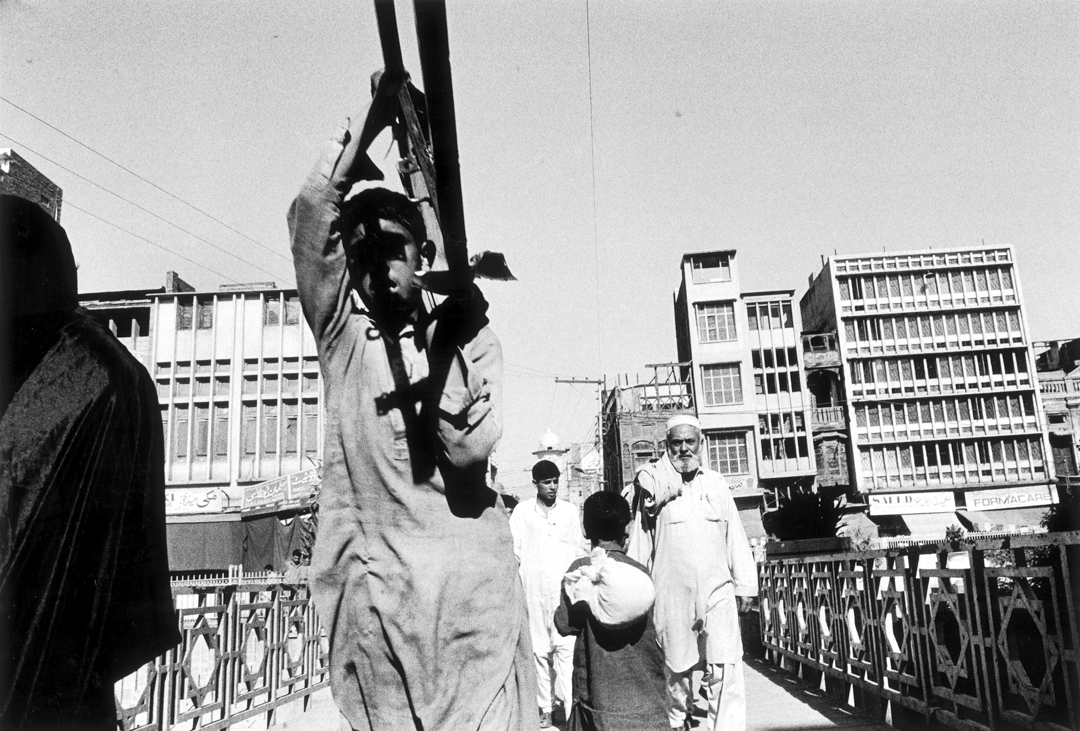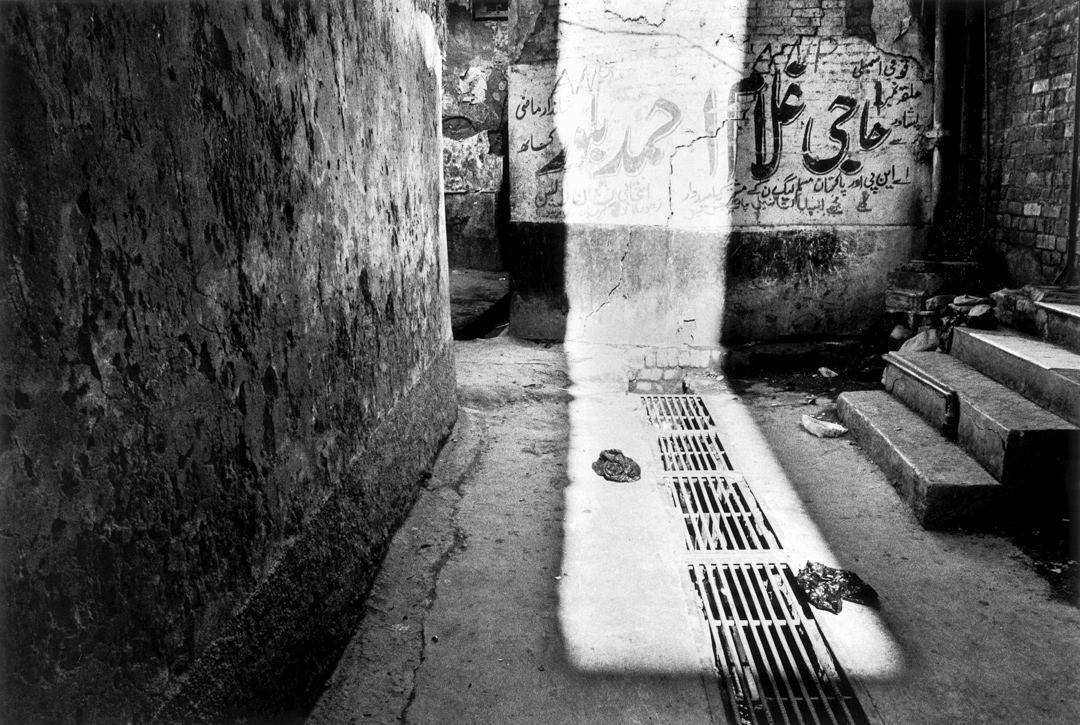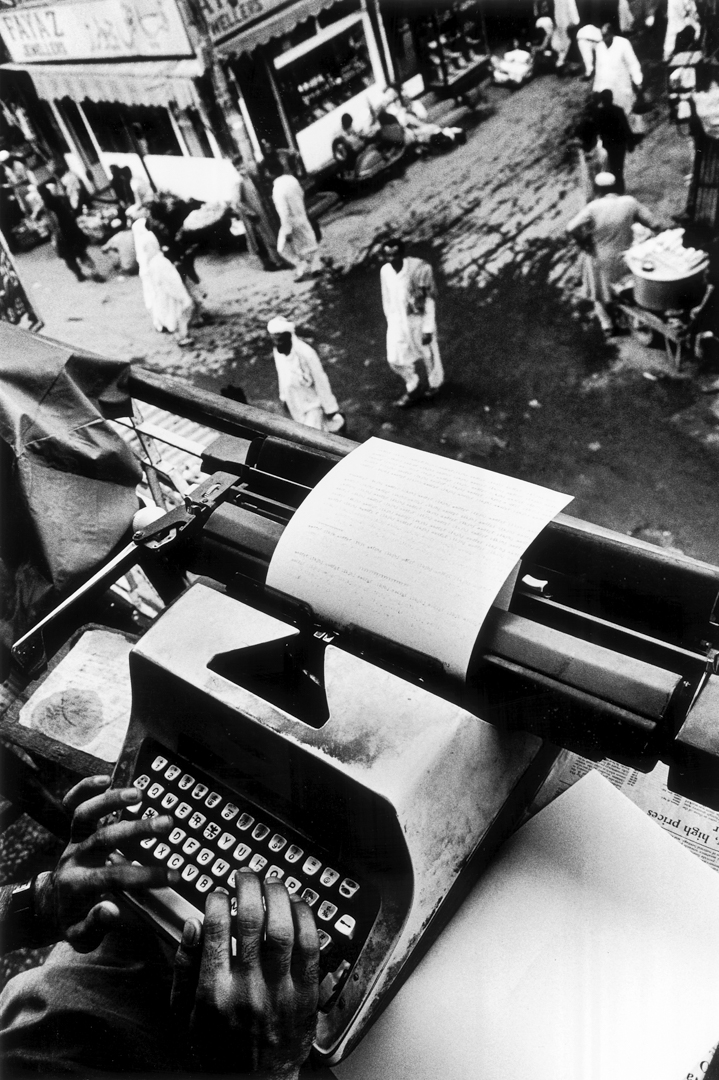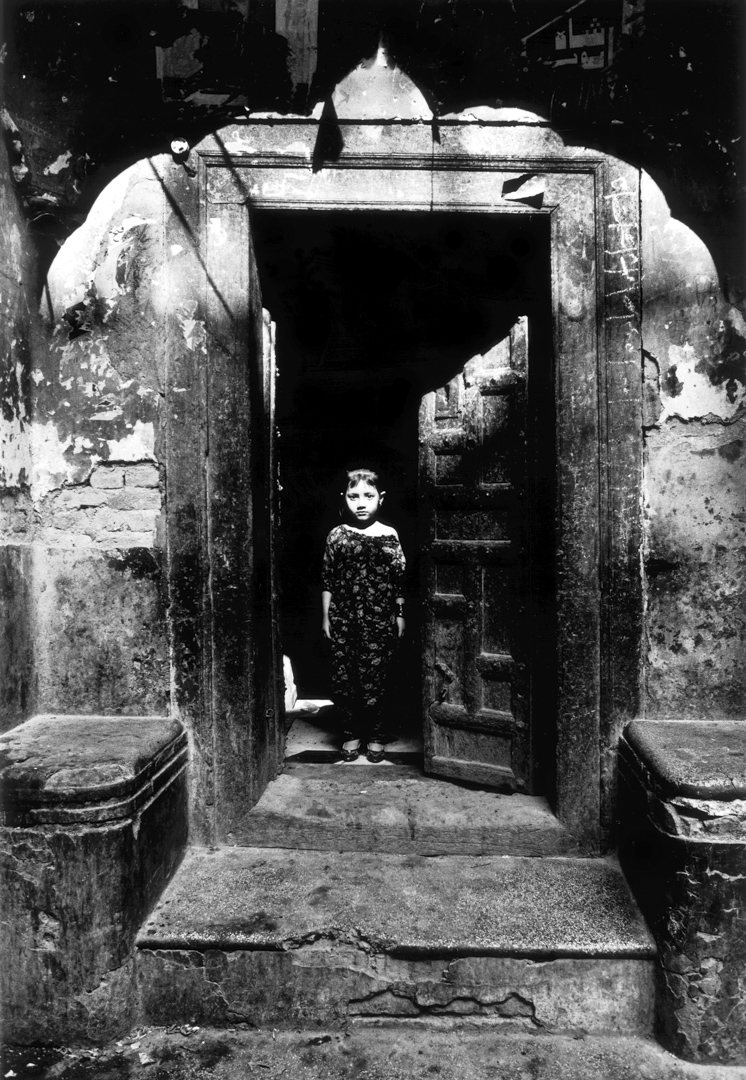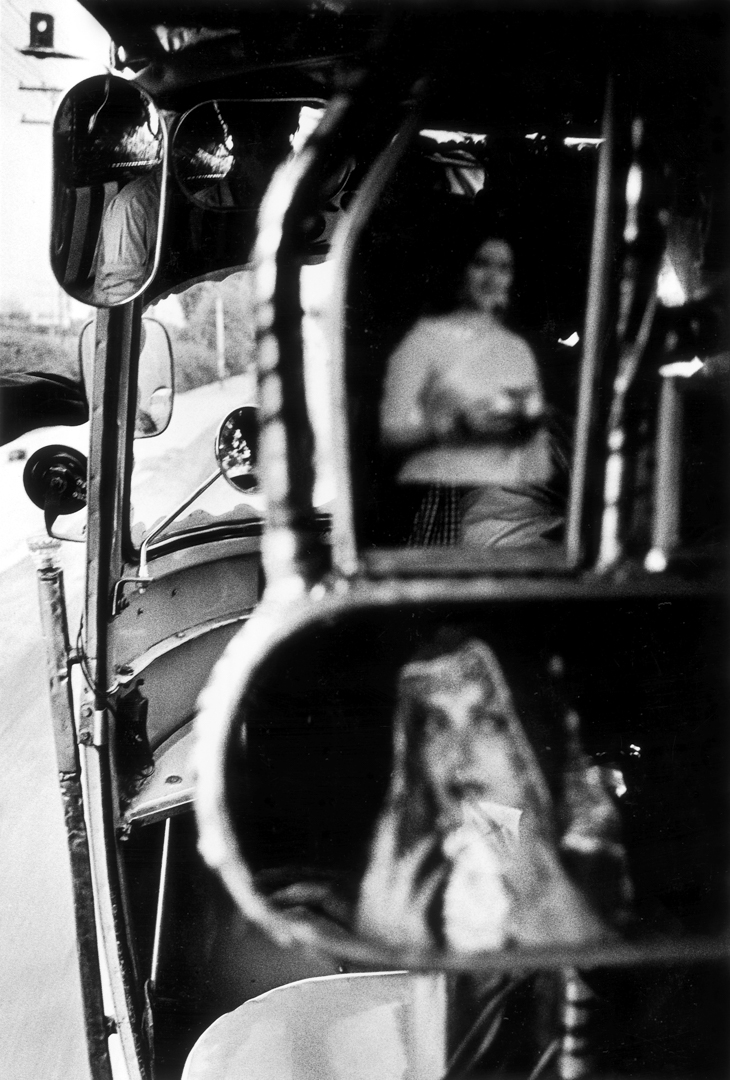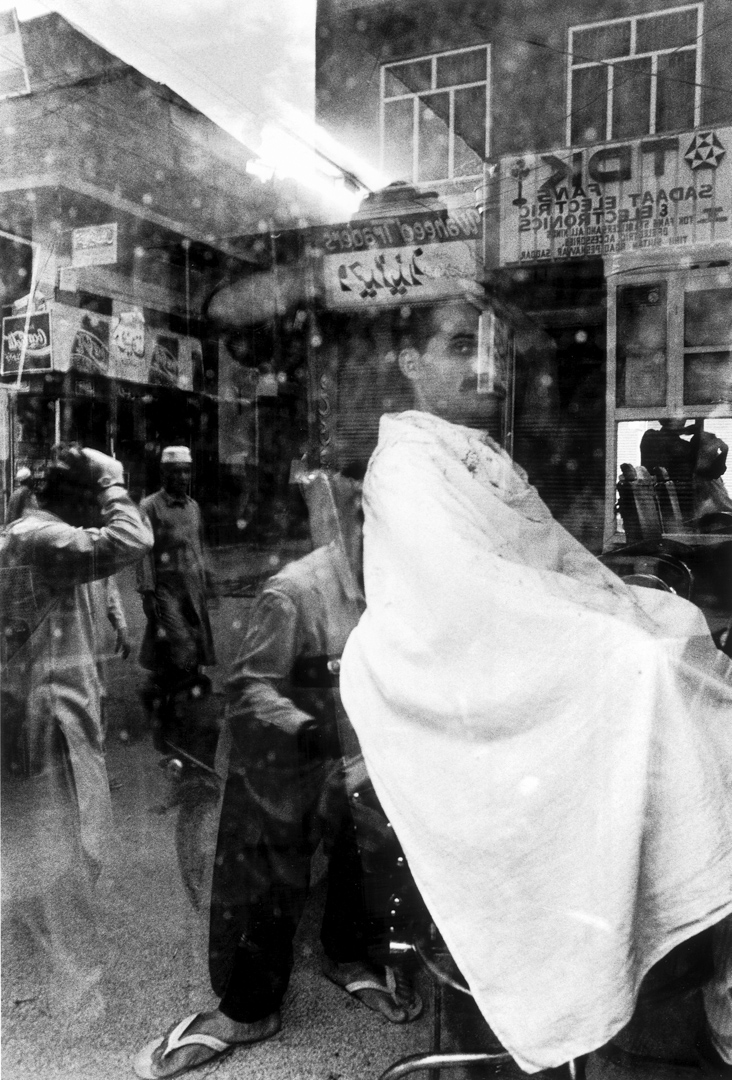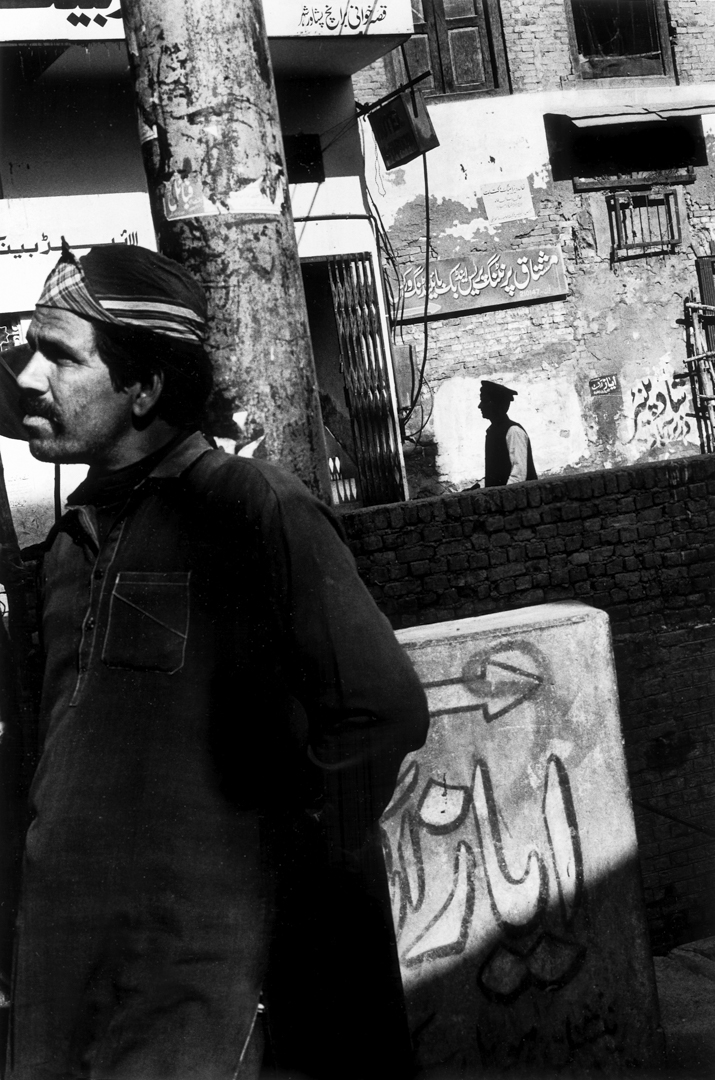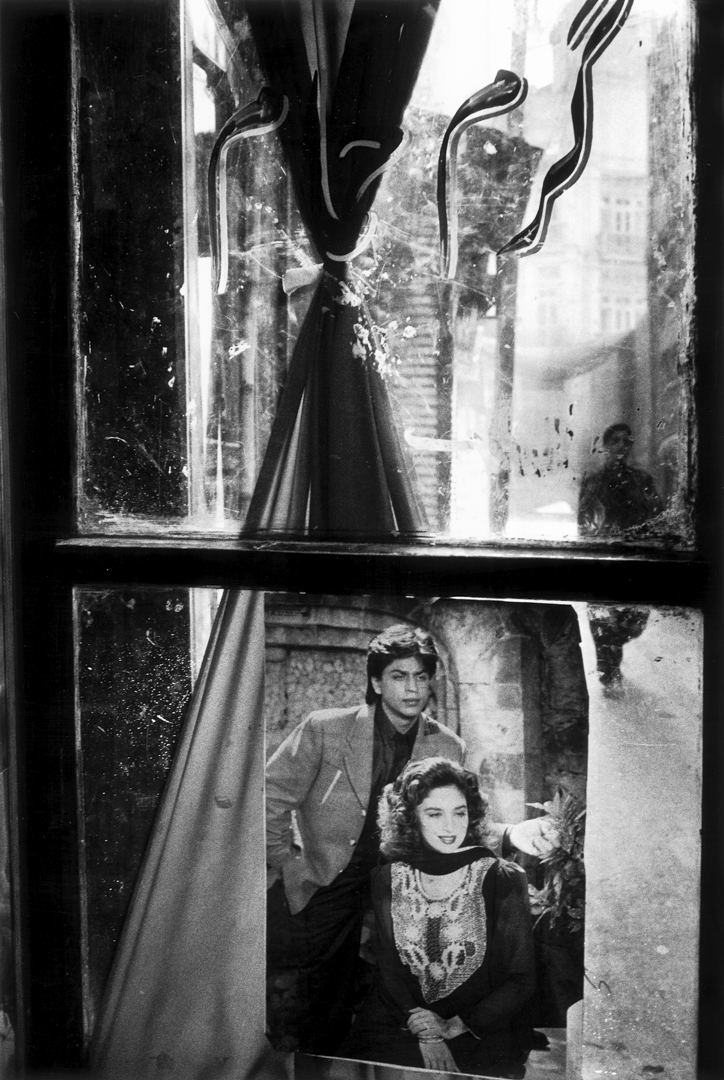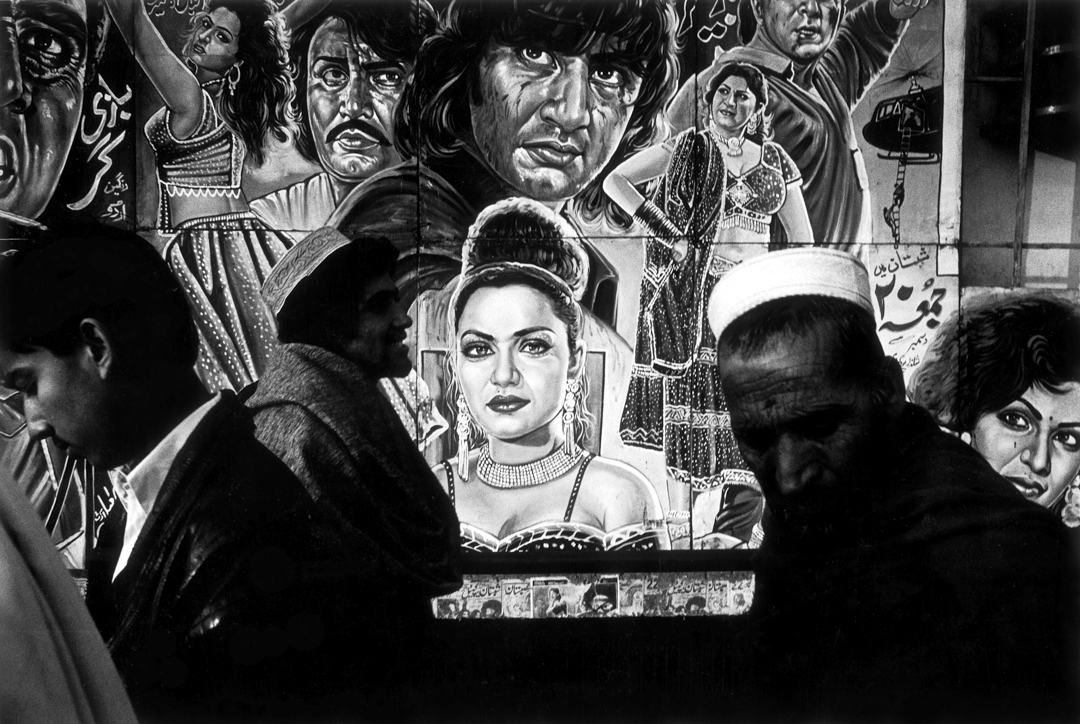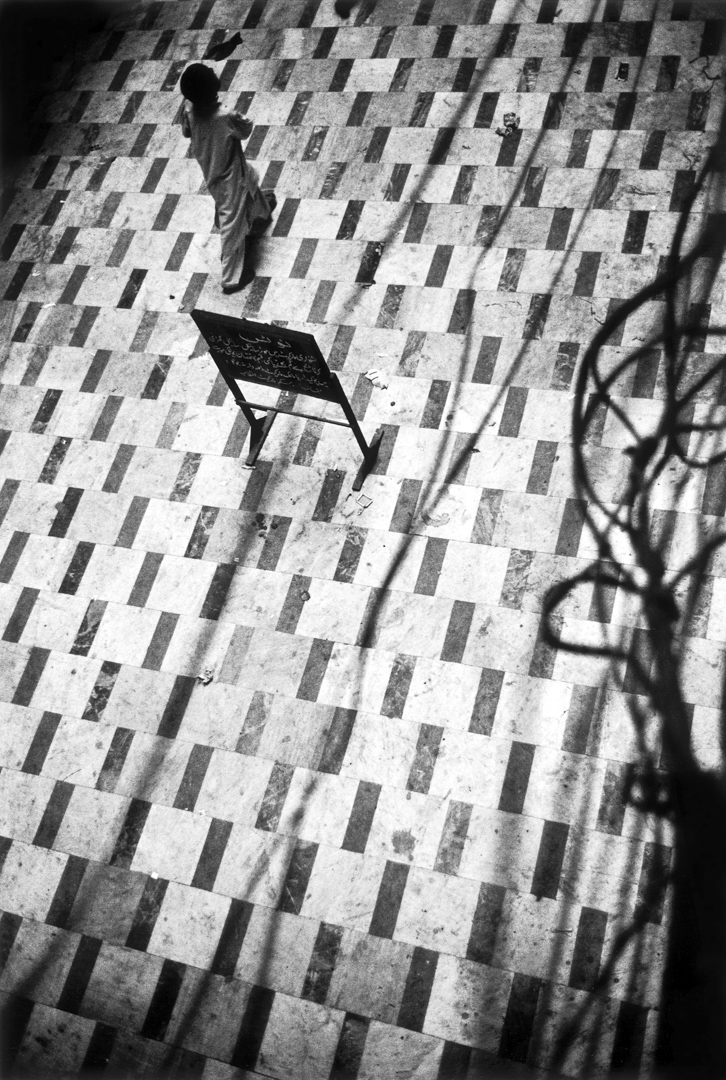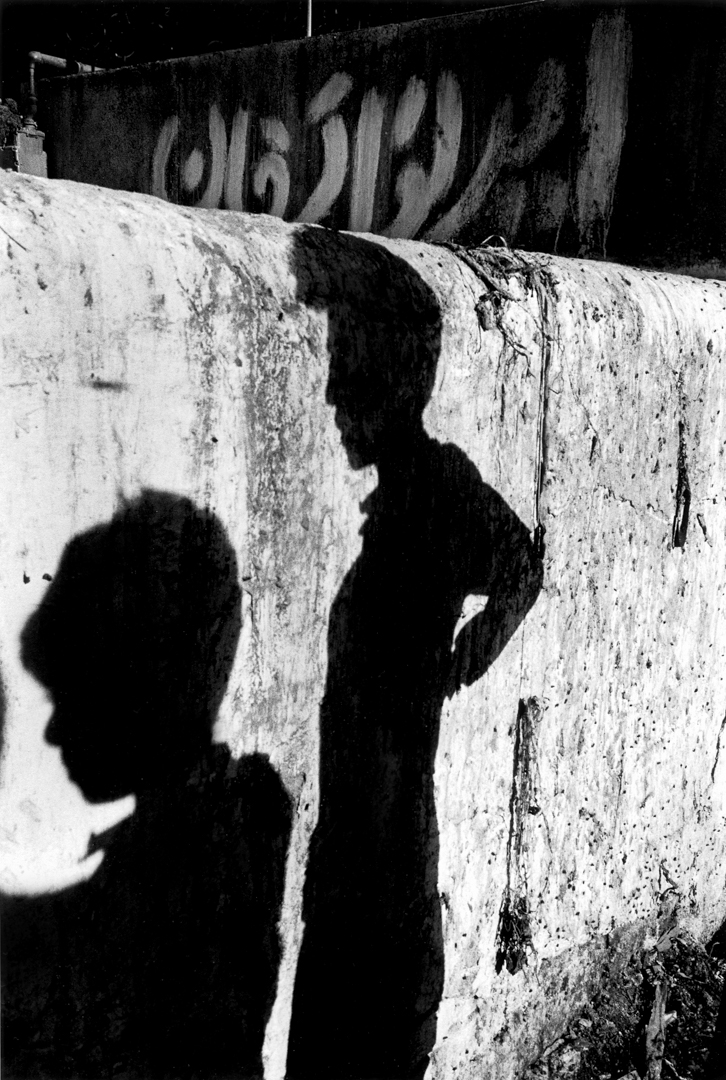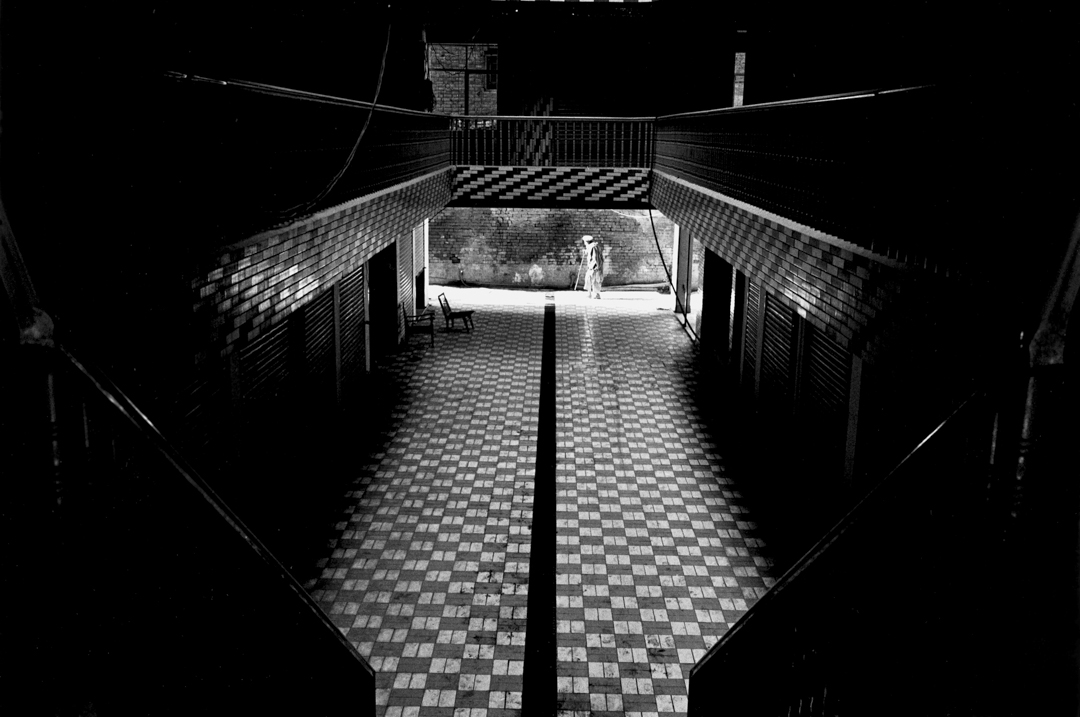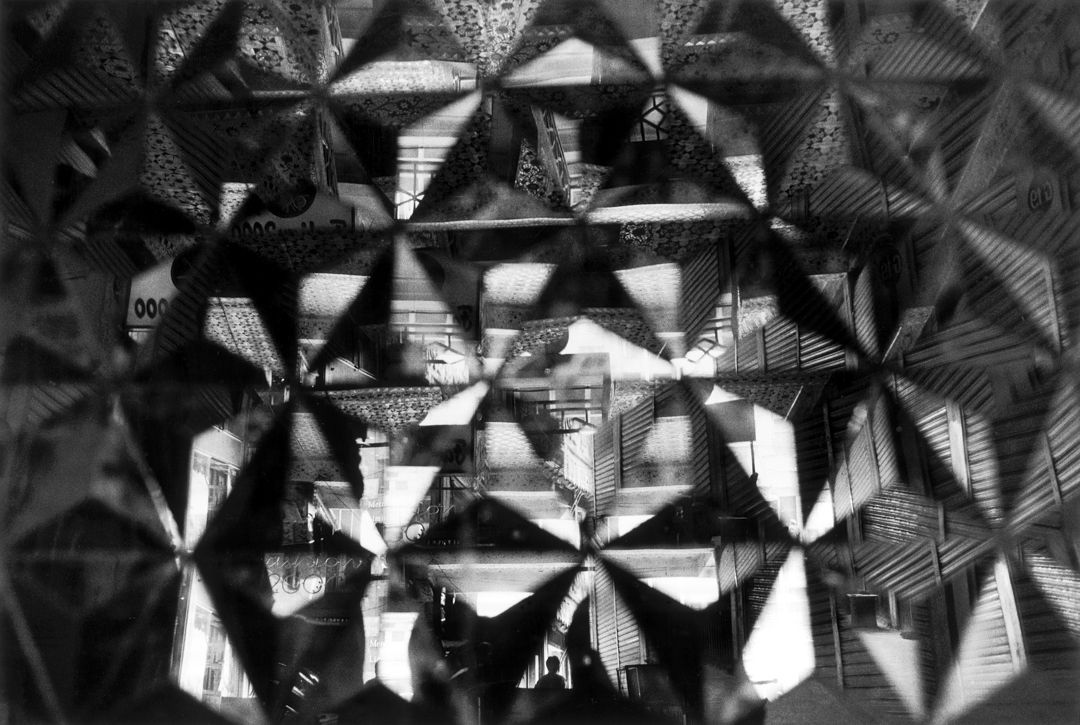Peshawar: The darkness of light, 1997
Midway on the main road from Islamabad to Kabul, the contemporary Muslim city of Peshawar, which means “The Place at the Frontier,” remains in many ways a place on the edge, still buffeted by frenetic movement and ceaseless transition.
If contemporary culture can run off the backs of its consumers like so much water, it can also deposit like the Himalayan snows, as news becomes history and trend tradition.
This was the sense of power that the Turin-born photographer Paolo Verzone felt surging through the city of Peshawar as he began to photograph it for the first time in 1995. He thought the photo essay he began to build would center on the convergence of such distinct realities, but as he returned to Peshawar again and then once more to complete the project, he found that the narrative he was weaving with each new image was a thing onto itself, a new mutation stepping out of that vibrant body, wrought of so much historical and contemporary culture. And so he began his search on the third or forth visit, now in the late 90s, not for the city itself – which seemed, like one of Italo Calvino’s Invisible Cities, not to exist at all – but for the signs of its existence. As he arranged the earlier prints out on the floor of his hotel room, the photographer was illuminated by a casual detail of that proof he was seeking.
Then a second and a third took their places within this body of evidence. He set out finally on foot, losing himself again and again in and around the Qissah Khawani bazaar, in search of what had become for him a verifiable and above all photographable visual archeology.
David Crosby
